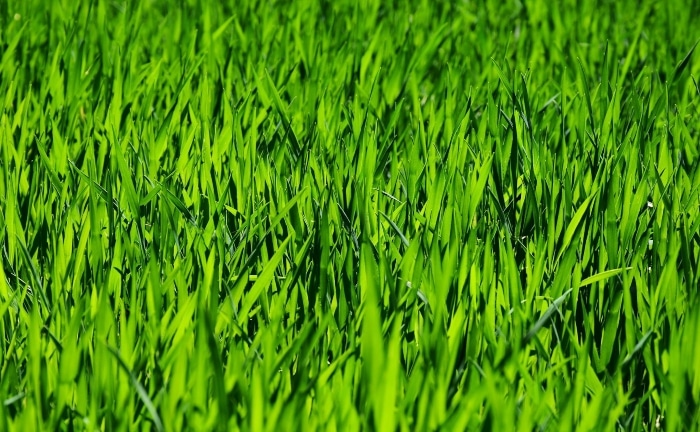The star of the gardens is the lawn because it is easy to plant and take care of since it is enough to trim from time to time, usually with the lawn mower. It is also the necessary base for the growth of flowers and other plants that can give another touch to the land.
If you are thinking about plant lawn, you’ve come to the right place because, in this article, we will give you all the keys to learn how to do it in the best way. Bring color and life to your garden!
Keys to planting natural grass
The season in which you plant it will determine its development significantly since it cannot be done at any time of the year. Like flowers, trees, and other plants, grass requires specific planting conditions. The best time to plant grass is in autumn, because it is the wettest time in Spain, and the humidity helps the grass to take root properly. However, you can also plant it in spring because of its constant or regular rainfall.

Planting turf in the garden can be done with seed or by using sods, which are pieces of turf and soil held together by roots. The second is the quickest and easiest option and is often used to renovate or cover stadiums, lawns, and golf courses. However, grass is nothing more than a set of seeds that, depending on their type and percentage, will grow one type of grass or another. As planting sods is not very complicated, we are going to focus on traditional planting with seeds.
How to sow grass with seeds
Sowing can be done by machine or by hand, but in both cases, you must make sure that there is no wind, as this could drag the seeds and result in uneven sowing. If you do it with a seeder, makes two passes over the same terrain, one from back to front and one from left to right, i.e., creating a grid. If done by hand, it is best to divide the seeds into two equal parts and distribute them on both sides of the line to ensure that they are well scattered.
Just after dropping the seeds, you must compact the soil with a rake or similar instrument and proceed with the first watering, except if the soil is already very wet, in which case the first risk should be taken as soon as the ground begins to dry out. If all goes well, the grass will take root and grow in about three weeks, as long as you keep seed-eating birds away and do not walk on the seedbed.
During the first week, you should water the lawn often, even three or four times a day. After that, the frequency of watering can be reduced to 1 or 2 times a day. To keep your lawn healthy and strong, it is best to water it during cool her hours so that it does not dry out too quickly. Before proceeding to the first cut, , you must wait until it reaches a minimum height of 10 centimeters.
Grass sods
They are very easy to install, the visual effect is immediate, and their maintenance is almost nil, since they are treated by the supplying companies (by maintenance, we mean fertilizers, fertilizers) and, therefore, there is less risk of fungus or weeds growing. However, there is a catch: they are perishable products that must be installed immediately, the same day they are purchased.
The most important thing is that you are clear about the option you choose, considering the available time and the space you have in your garden. Whether seeds or sod, we wish you the best of luck. Let’s plant!